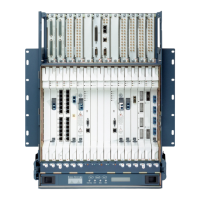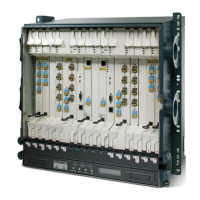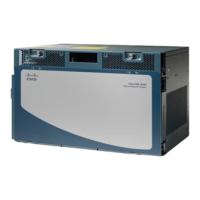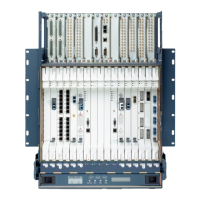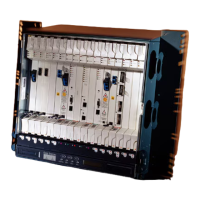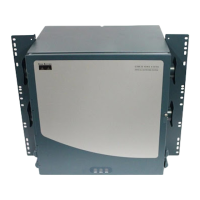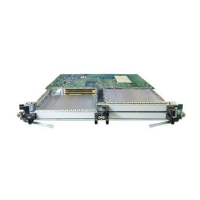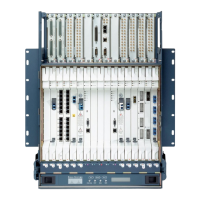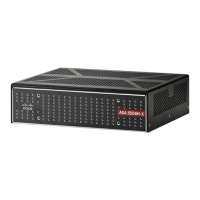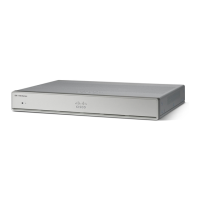8-6
Cisco ONS 15454 SONET/SDH ML-Series Multilayer Ethernet Card Software Feature and Configuration Guide, R4.0
78-15224-02
Chapter 8 Configuring IEEE 802.1Q and Layer 2 Protocol Tunneling
Understanding Layer 2 Protocol Tunneling
Router B Configuration Example
bridge 30 protocol ieee
bridge 40 protocol ieee
interface FastEthernet0
no ip routing
no ip address
mode dot1q-tunnel
bridge-group 30
!
interface FastEthernet1
no ip address
mode dot1q-tunnel
bridge-group 40
!
interface POS0
no ip address
crc 32
pos flag c2 1
!
interface POS0.1
encapsulation dot1Q 30
bridge-group 30
!
interface POS0.2
encapsulation dot1Q 40
bridge-group 40
Understanding Layer 2 Protocol Tunneling
Customers at different sites connected across a service-provider network need to run various Layer 2
protocols to scale their topology to include all remote sites, as well as the local sites. STP must run
properly, and every VLAN should build a proper spanning tree that includes the local site and all remote
sites across the service-provider infrastructure. Cisco Discovery Protocol (CDP) must discover
neighboring Cisco devices from local and remote sites. VLAN Trunking Protocol (VTP) must provide
consistent VLAN configuration throughout all sites in the customer network.
When protocol tunneling is enabled, edge switches on the inbound side of the service-provider
infrastructure encapsulate Layer 2 protocol packets with a special MAC address and send them across
the service-provider network. Core switches in the network do not process these packets, but forward
them as normal packets. Layer 2 protocol data units (PDUs) for CDP, Spanning-Tree Protocol (STP), or
Virtual terminal Protocol (VTP) cross the service-provider infrastructure and are delivered to customer
switches on the outbound side of the service-provider network. Identical packets are received by all
customer ports on the same VLANs with the following results:
• Users on each of a customer’s sites are able to properly run STP and every VLAN can build a correct
spanning tree based on parameters from all sites and not just from the local site.
• CDP discovers and shows information about the other Cisco devices connected through the
service-provider network.
• VTP provides consistent VLAN configuration throughout the customer network, propagating
through the service provider to all switches.
Layer 2 protocol tunneling can be used independently or to enhance IEEE 802.1Q tunneling. If protocol
tunneling is not enabled on IEEE 802.1Q tunneling ports, remote switches at the receiving end of the
service-provider network do not receive the PDUs and cannot properly run STP, CDP, and VTP. When
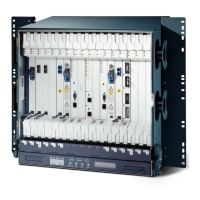
